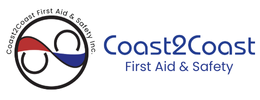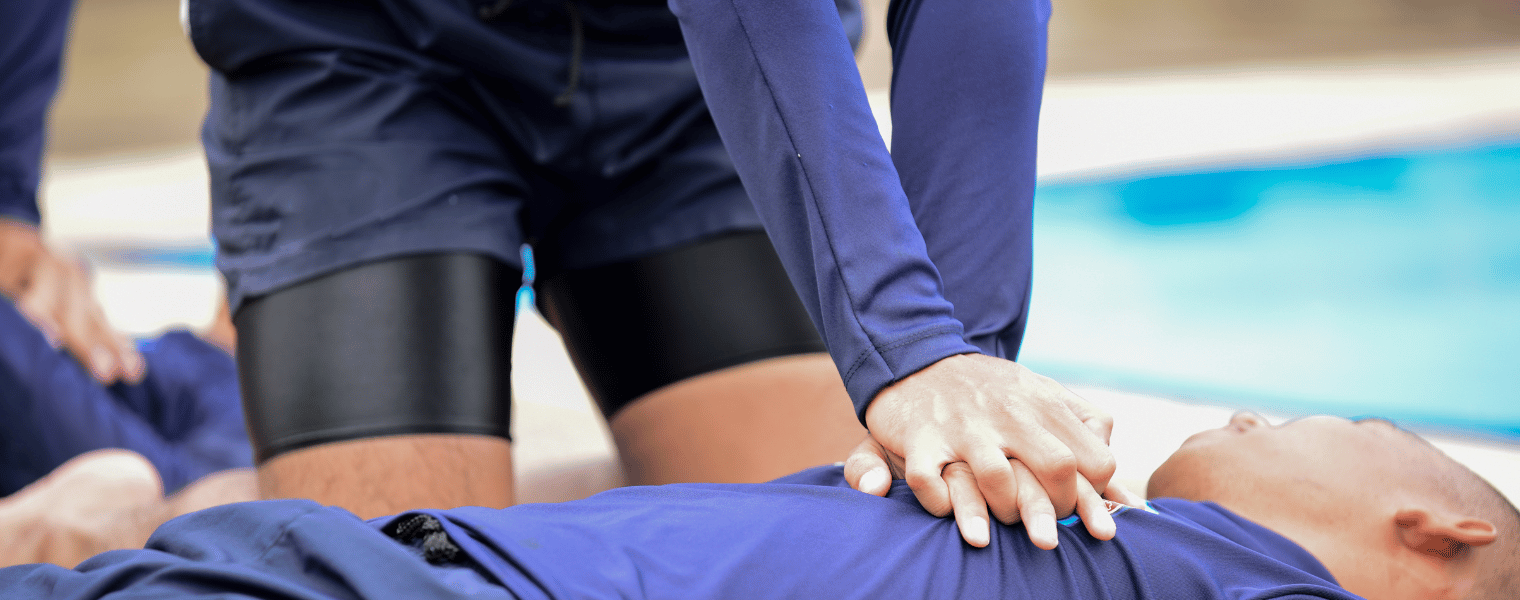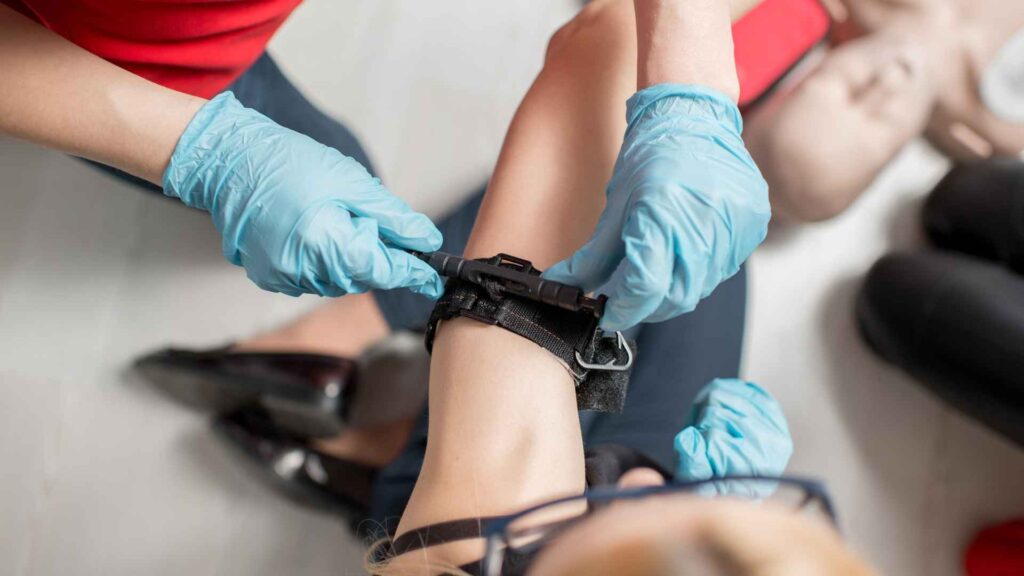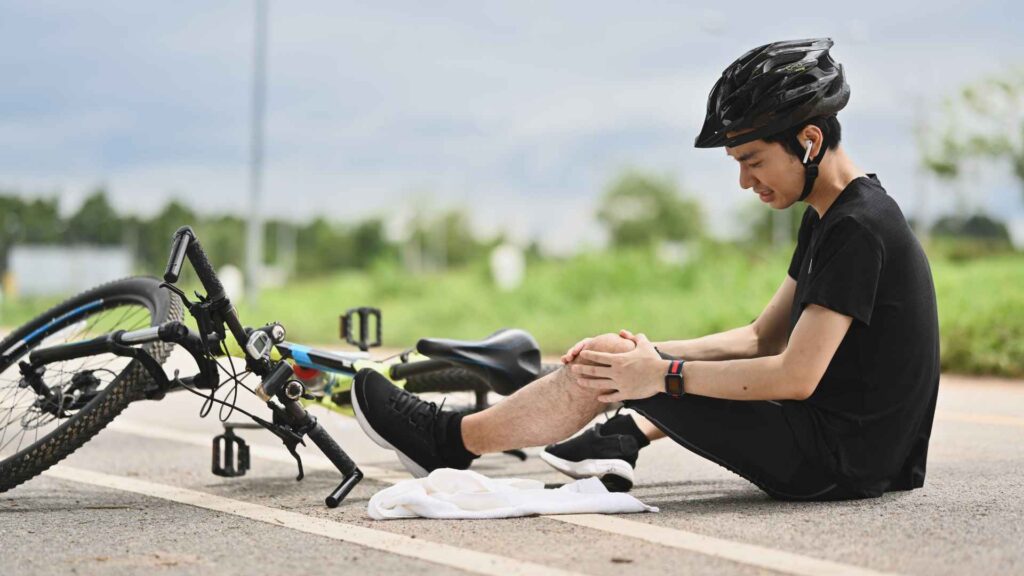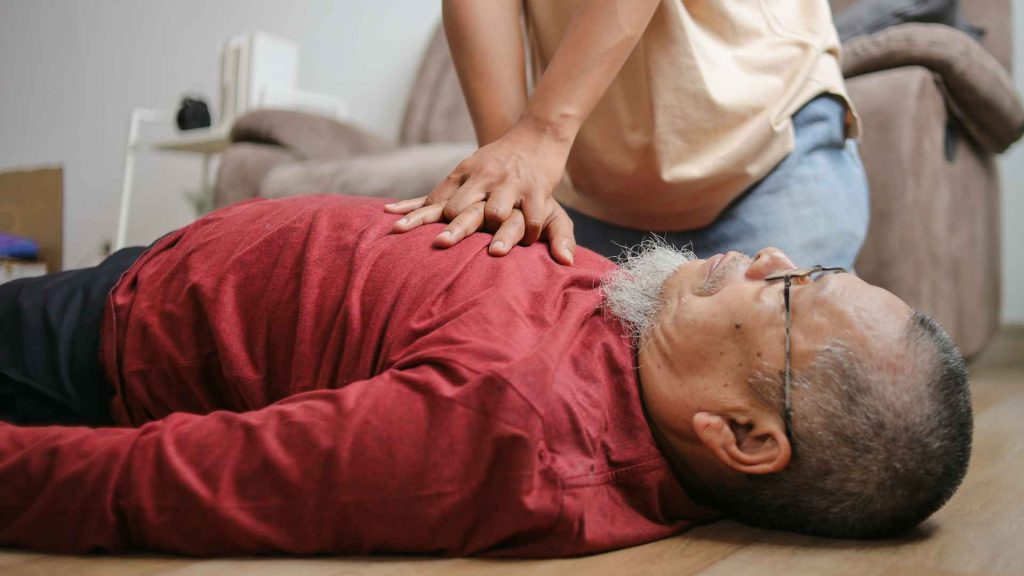Whether you’re a daily commuter, a taxi driver, or a rideshare professional with Uber or Lyft, driving comes with risks. While practicing safe driving is essential, knowing basic first aid can make a critical difference in emergencies. From minor scrapes to serious car accidents, being prepared can save lives.
Driving comes with risks, and being prepared with basic first aid skills can make all the difference. This blog provides essential first aid information for drivers, including how to respond to car accidents, maintain a car first aid kit, and follow key road safety guidelines. It also highlights why certification with Coast2Coast First Aid & Safety is beneficial, especially for taxi, Uber, and Lyft drivers who carry passengers of all ages, including families with children.
First Aid for Drivers: Why It Matters
Rideshare and taxi drivers encounter a variety of passengers and unpredictable situations on the road. First aid for drivers is essential in these cases because you may be the first person on the scene of an accident or medical emergency. Basic skills, such as controlling bleeding, treating burns, or performing CPR for cardiac arrest, can protect both you and your passengers.
Coast2Coast First Aid & Safety offers training programs aligned with American Red Cross standards to help drivers respond effectively in emergencies. Getting certified ensures you have the knowledge and confidence to act when every second counts.

Essential First Aid for Car Accidents
For taxi, Uber, or Lyft drivers, accidents can happen even in familiar areas. Here are the key steps to take if you or a passenger is injured:
- Ensure Safety First: Move your vehicle only if it’s creating a hazard. Turn on hazard lights and keep passengers calm.
- Call 911 Immediately: Provide clear details about your location and the number of injured people.
- Assess Injuries: Check for bleeding, broken bones, or signs of shock.
- Control Bleeding: Use a clean cloth or bandage to apply firm pressure to wounds. For excessive bleeding, you may need to use a tourniquet.
- Immobilize Injuries: Avoid moving anyone with suspected neck, spine, or head injuries unless necessary for safety.
- Monitor Passengers: Keep passengers comfortable and watch for changes in breathing until help arrives.
A well-stocked car first aid kit is essential for rideshare drivers. Include bandages, antiseptic wipes, gloves, a CPR mask, a blanket, and any other emergency supplies. Regularly check your kit to replace used or expired items.

Protect Your Passengers
Road Safety Tips for Rideshare and Taxi Drivers
Driving professionally means spending long hours on the road. Following road safety tips and tips for safe driving can prevent accidents:
- Buckle up, and ensure passengers do the same
- Avoid distractions, including phones or in-car devices
- Follow speed limits and adjust for weather or traffic conditions
- Keep a safe following distance to allow reaction time
- Maintain your vehicle regularly – check tires, brakes, and lights
Combining safe driving habits with basic first aid knowledge helps you respond confidently to emergencies and protects everyone in your vehicle.

First Aid Training Requirements for Drivers
Many taxi and rideshare companies recognize the value of first aid training for drivers and may even require it as part of their professional standards. Having these skills is not only beneficial for your own safety, but also provides peace of mind for your passengers, including families traveling with children. Being prepared to respond to minor injuries, sudden illnesses, or emergencies helps ensure that everyone in your vehicle receives prompt care while you continue to provide safe, reliable transportation.
Why Getting Certified Matters
For taxi, Uber, and Lyft drivers, knowing how to provide first aid for car accidents isn’t just a safety bonus; it’s a professional advantage. Coast2Coast First Aid & Safety offers certification programs that teach practical, hands-on skills you can apply immediately. With training aligned with American Red Cross standards, you’ll be ready to handle emergencies safely and efficiently.
From keeping a well-stocked car first aid kit to following key safety practices on the road, preparation is the key to protecting yourself, your passengers, and others. Make first aid and CPR training a priority. It could save a life!
